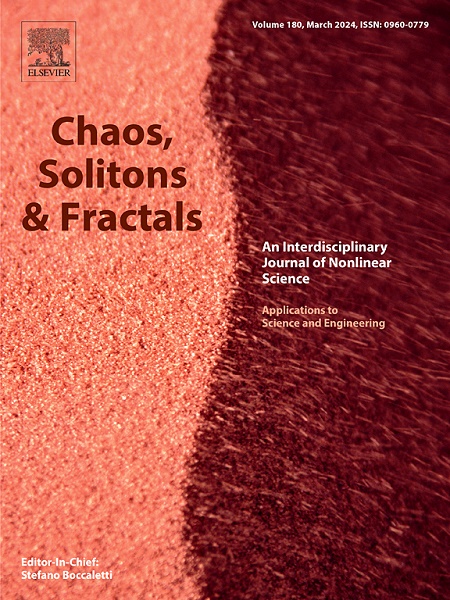Quantum reservoir computing in atomic lattices
IF 5.3
1区 数学
Q1 MATHEMATICS, INTERDISCIPLINARY APPLICATIONS
引用次数: 0
Abstract
Quantum reservoir computing (QRC) exploits the dynamical properties of quantum systems to perform machine learning tasks. We demonstrate that optimal performance in QRC can be achieved without relying on disordered systems. Systems with all-to-all topologies and random couplings are generally considered to minimize redundancies and enhance performance. In contrast, our work investigates the one-dimensional Bose–Hubbard model with homogeneous couplings, where a chaotic phase arises from the interplay between coupling and interaction terms. Interestingly, we find that performance in different tasks can be enhanced either in the chaotic regime or in the weak interaction limit. Our findings challenge conventional design principles and indicate the potential for simpler and more efficient QRC implementations tailored to specific tasks in Bose–Hubbard lattices.
求助全文
约1分钟内获得全文
求助全文
来源期刊

Chaos Solitons & Fractals
物理-数学跨学科应用
CiteScore
13.20
自引率
10.30%
发文量
1087
审稿时长
9 months
期刊介绍:
Chaos, Solitons & Fractals strives to establish itself as a premier journal in the interdisciplinary realm of Nonlinear Science, Non-equilibrium, and Complex Phenomena. It welcomes submissions covering a broad spectrum of topics within this field, including dynamics, non-equilibrium processes in physics, chemistry, and geophysics, complex matter and networks, mathematical models, computational biology, applications to quantum and mesoscopic phenomena, fluctuations and random processes, self-organization, and social phenomena.
 求助内容:
求助内容: 应助结果提醒方式:
应助结果提醒方式:


